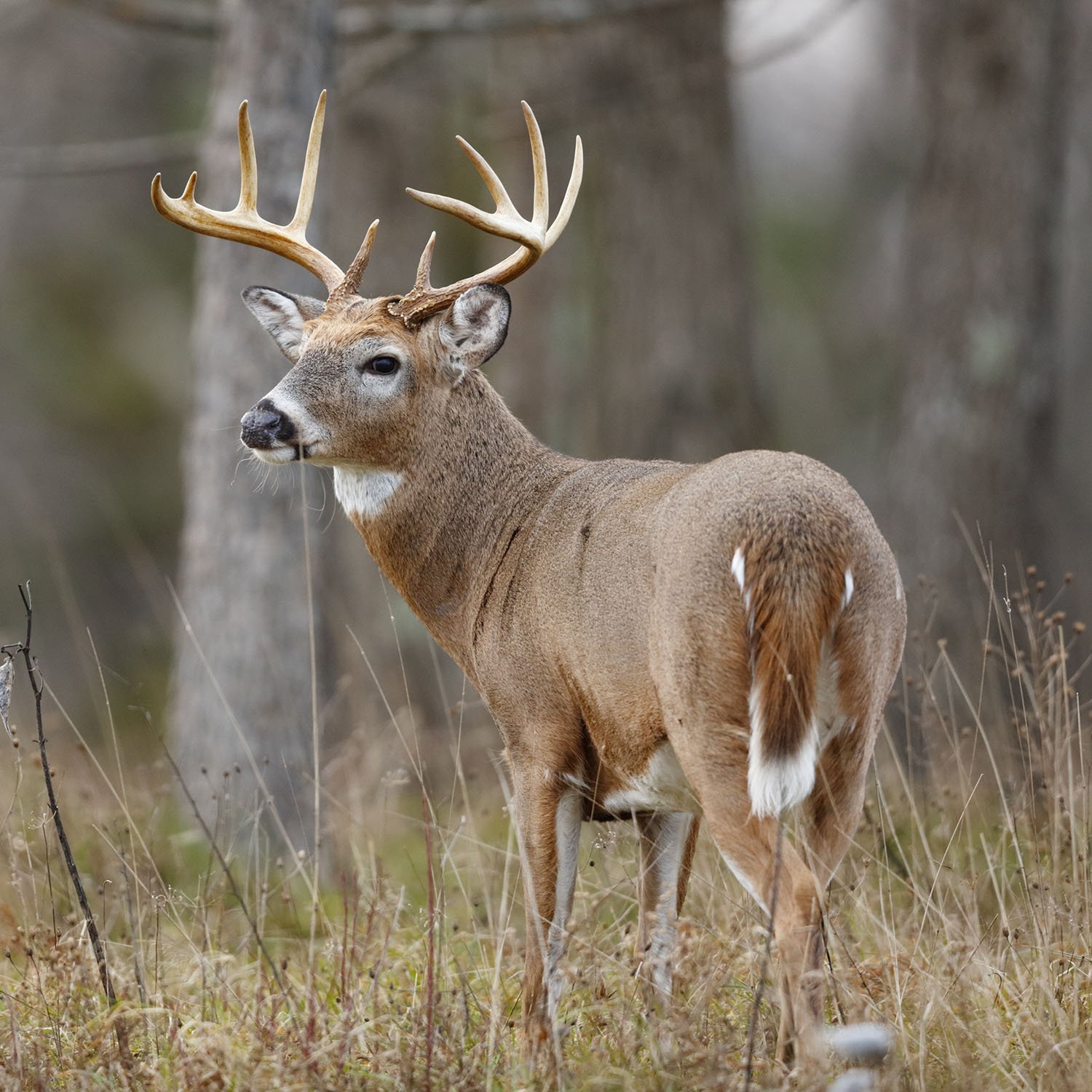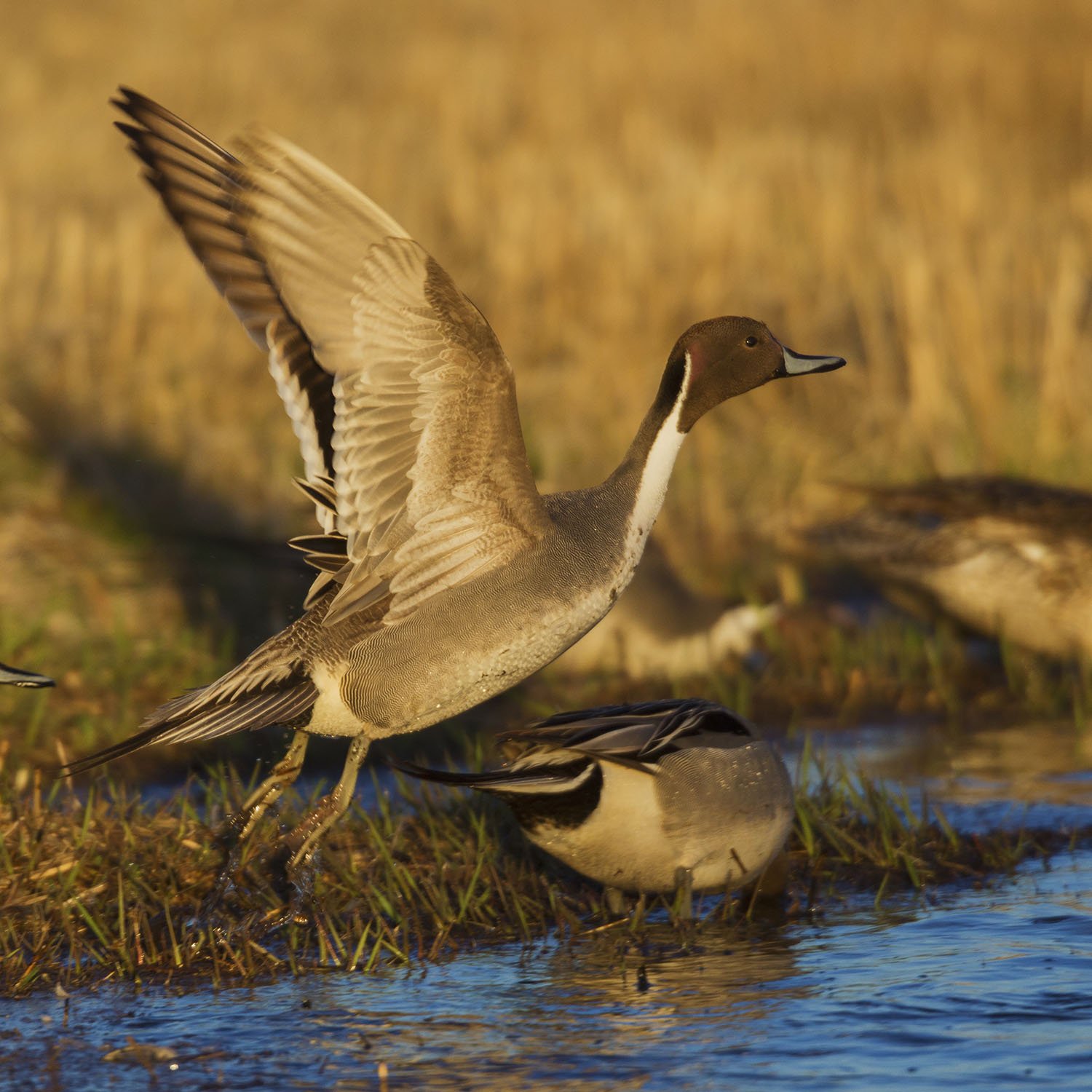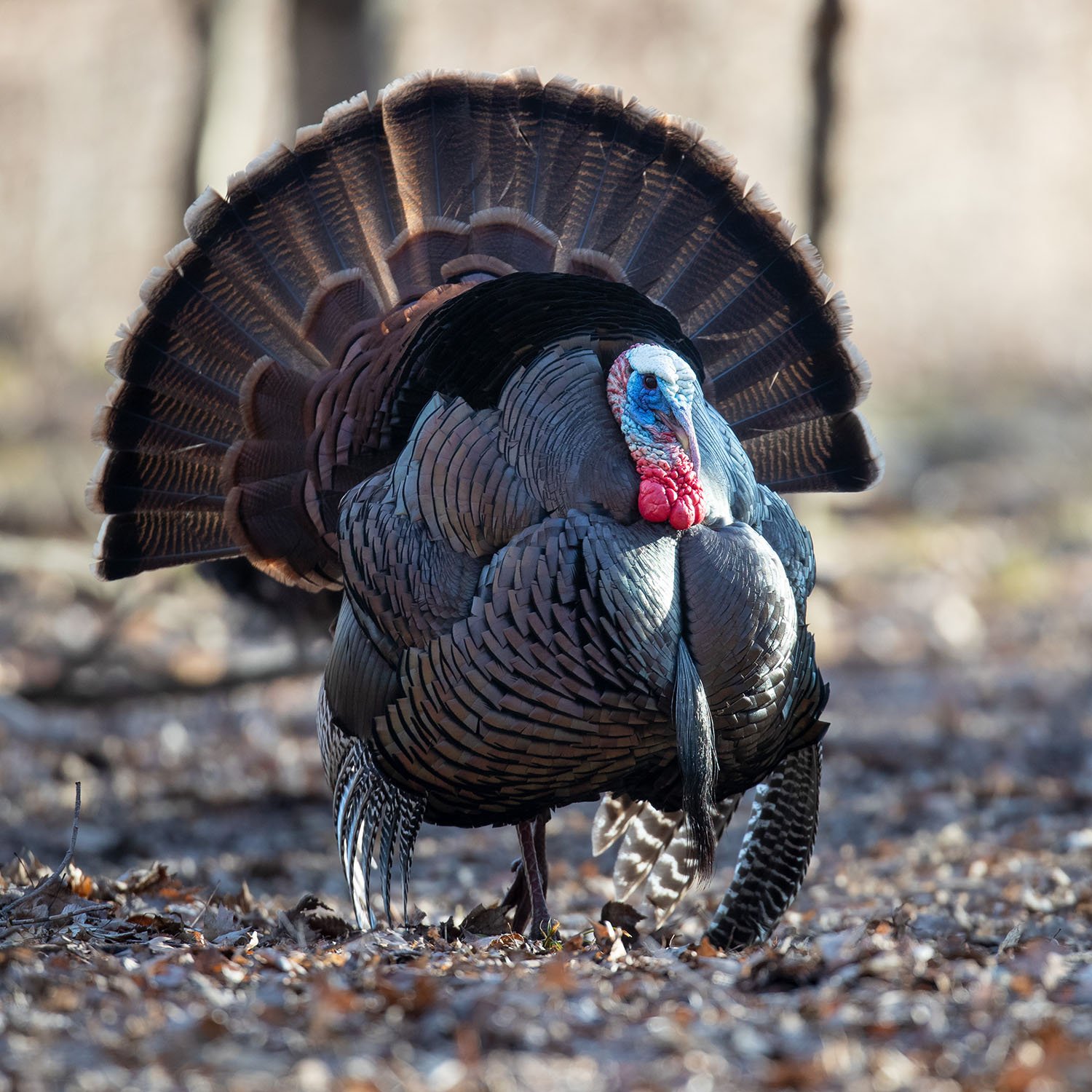Maryland Hunting Guide
Although Maryland does not offer the game diversity that some other states do, it does provide significant hunting opportunities for a few species. Maryland’s varied northeastern landscape provides strong population densities for the available species.
What to Hunt
The species diversity in Maryland can be limited, but those game animals that can be found in the state are notably abundant.

Deer
Maryland is home to a strong population of over 200,000 whitetails. Hunters may take two antlered deer total for all seasons combined, and no more than one deer per weapon season. Region-specific bag limits for antlerless deer range from two to unlimited. Maryland’s deer seasons run from September through January, plus primitive deer hunt days. On these days, hunters may only use long bows, recurve bows, or flintlock and sidelock percussion muzzleloaders. A third antlerless deer may be taken during these days.

Waterfowl
Maryland supports a wide range of waterfowl subspecies. Hunters can enjoy Canada geese, wood ducks, and mallards, as well as long-tailed ducks, scaup, ringnecks, buffleheads and goldeneyes. Waterfowl seasons run from September through January, depending on the species. The daily bag limit for ducks is 6, though there are more restrictions on specific types of ducks.

Turkey
The strongest areas for turkey hunting in Maryland are in the far east and far west. Maryland’s spring turkey season generally occurs in April, with a bag limit of one bearded turkey per day and two per season. The fall turkey season generally occurs in October and November, with a bag limit of one turkey of either sex. Maryland also offers a brief winter turkey hunting season in January, though there is a bag limit of one turkey between fall and winter seasons combined.
Other Maryland game species include: Canada Goose, Brant, Teal, Ducks, Mourning Dove, Rails, Woodcock, Common Snipe, Black Bear, Squirrel, Rabbit, Quail, Pheasant, Ruffed Grouse, Crow, Coyote, Fisher, Fox, Muskrat and Mink, Nutria and Groundhog, Raccoon, Opossum, Skunk, etc. found in the "Hunting Seasons" section at bottom of the page.
Where to Hunt
Maryland has comparatively little public hunting land, but it is well distributed across the state. Private private hunting opportunities are readily available.
Wildlife Management Areas
Maryland’s Wildlife & Heritage Service maintains 64 Wildlife Management Areas (WMAs) across the state. These areas total just under 128,000 acres. WMAs can be found in 19 of Maryland’s 23 counties. Hunting is permitted on WMAs.
State Parks
Hunting is permitted in many of Maryland’s state parks. These areas total about 4,000 acres of huntable land. Each state park is subject to restrictions and regulations based on the game, season, and method of take.
Licensing Fees
All hunters in Maryland must obtain hunting licenses. Additional stamps, permits, and fees May apply for certain species of game.
| License | Fee |
|---|---|
| Resident Apprentice Hunting License | $10.00 |
| Resident Regular Hunting License | $24.50 |
| Resident Junior Hunting License (Under 16) | $10.50 |
| Resident Senior Hunting License (Over 65) | $5.00 |
| Nonresident Hunting License | $130.00 |
| Nonresident Junior Hunting License | $32.50 |
| Nonresident Senior Hunting License | $65.00 |
Hunter Education
All first-time hunters in Maryland must pass a hunter education course. Limited exceptions exist for law enforcement and military personnel.
Youth Hunting
Maryland offers junior hunt days for waterfowl, turkey, and deer throughout the year. Junior hunters must have a license or a license exemption to participate. These hunts are available to hunters ages 16 and younger.
Trapping
The following mammals are considered furbearers in Maryland: beaver, bobcat, coyote, fisher, gray fox, long-tailed weasel, mink, muskrat, nutria, opossum, raccoon, red fox, river otter, and skunk. Bobcats may not be hunted or trapped. The following species may only be taken by means of trap: beaver, long-tailed weasel, mink, muskrat, and river otter. A furbearer permit is required to trap any fur bearing mammal.
h2 class="article_h2" id="hunting-seasons">Hunting Seasons*Hunting dates for this species may vary by zone, method of take, or subspecies of animal. Visit the state’s website here to find out more.
Disclaimer: The information provided here is not to be construed as legal advice or acted upon as if it is legal advice: it is provided for informational purposes only. While we strive to provide accurate, up-to-date content, we cannot guarantee the accuracy, completeness, or currency of the information.
| Game | Season Begins | Season Ends |
|---|---|---|
| White-tailed Deer* | Sep 8 2023 | Feb 3 2024 |
| Sika Deer* | Sep 8 2023 | Feb 3 2024 |
| Wild Turkey | Oct 28 2023 | Nov 5 2023 |
| Jan 18 2024 | Jan 20 2024 | |
| Apr 18 2024 | May 23 2024 | |
| Canada Goose* | Sep 1 2023 | Mar 5 2024 |
| Light Geese | Oct 1 2023 | Apr 15 2024 |
| Brant | Dec 28 2023 | Jan 31 2024 |
| Teal, September Season | Sep 16 2023 | Sep 30 2023 |
| Ducks | Sep 30 2023 | Jan 31 2024 |
| Mourning Dove | Sep 1 2023 | Jan 10 2024 |
| Rails | Sep 1 2023 | Nov 21 2023 |
| Woodcock | Oct 21 2023 | Jan 27 2023 |
| Common Snipe | Sep 29 2023 | Jan 31 2024 |
| Black Bear | Oct 23 2023 | Oct 28 2023 |
| Squirrel | Sep 2 2023 | Feb 29 2024 |
| Rabbit | Nov 4 2023 | Feb 29 2024 |
| Quail* | Nov 4 2023 | Jan 15 2024 |
| Pheasant | Nov 4 2023 | Feb 29 2024 |
| Ruffed Grouse | Oct 7 2023 | Dec 31 2023 |
| Crow* | Aug 15 2023 | Mar 15 2024 |
| Coyote | no closed season | no closed season |
| Fisher | Nov 1 2023 | Feb 1 2024 |
| Fox* | Aug 1 2023 | Feb 15 2024 |
| Muskrat and Mink* | Nov 15 2023 | Mar 15 2024 |
| Nutria and Groundhog | no closed season | no closed season |
| Raccoon, Skunk, Opossum* | Oct 15 2023 | Mar 15 2024 |